Type 2 Diabetes First Line Treatment Helpful
Type 2 Diabetes
What is type 2 diabetes exactly? Overview. Type 2 diabetes is an impairment in the way the body regulates and uses sugar (glucose) as a fuel. This long-term (chronic) condition results in too much sugar circulating in the bloodstream. Eventually, high blood sugar levels can lead to circulatory, nervous, and immune systems disorders.
What is the difference between Type 1 and type 2 diabetes?
Type 1 diabetes is an autoimmune reaction that attacks cells in your pancreas that produce insulin and is caused by inherited genetics or environmental elements. Type 2 diabetes happens when your body becomes resistant to insulin and is associated with genetics and lifestyle choice.
Is type 2 diabetes serious?
It is a serious condition and can be lifelong. If left untreated, high sugar levels in your blood can seriously damage parts of your body, including your eyes, heart, and feet. These are called the complications of diabetes.
Fruit makes a healthy option both as a snack and as part of a balanced meal. It contains many important nutrients, such as fiber. However, some fruits have a high sugar content, which can cause blood sugar to spike.
LightFieldStudios/Getty Images
The National Institute of Diabetes and Digestive and Kidney Diseases recommends that people with diabetes include fruits as part of a balanced diet.
Type 2 Diabetes
Eating fruits and vegetables may put a person at a lower risk of developing heart disease and cancer. Fruit is also an important source of vitamins, minerals, and fiber.
However, fruit can also be high in sugar. People with diabetes must keep a watchful eye on their sugar intake to avoid blood sugar spikes.
That said, there is a difference between the type of sugar in fruit and the type of sugar in other foods, such as chocolate and baked goods.
This article will explore which fruits a person with diabetes should eat and avoid and how they relate to diabetes.
Fruits to avoid
In general, a person should not have to exclude fruit from their diet. In fact, one 2017 study trusted Source suggests that eating fruit can actually help prevent diabetes.
However, it may be worth people who already have diabetes to limit their intake of the following fruits.
Type 2 Diabetes
Fruits high in sugar
The glycemic index (GI) shows how much a certain food can raise a person’s blood sugar after they have eaten it.
If a food has a GI score of between 70 and 100, it is high in sugar. Some fruits with a score in this range include:
watermelons
dried dates
pineapples
overly ripe bananas
These fruits are still safe for a person with diabetes to eat. However, they should do so in moderation. Consuming larger portions of fruits that have lower GI scores may be more suitable for a person with diabetes.
Most other fruits have a low-to-medium GI score. Learn more about low and medium GI foods here.
The sugar myth
Many people believe that since fruit is often high in sugar, people with diabetes should avoid it.
However, the sugars in fresh fruit are not “free” sugars. Free sugars are added sugars and those present in honey, syrups, nectars, and unsweetened fruit and vegetable juices. The sugar in fresh fruit is fructose, which does not have much of an effect on a person’s blood sugar or insulin levels, according to one 2017 articleTrusted Source.
Foods such as chocolate, baked goods, and some sodas have high levels of free sugars, which do cause spikes in blood sugar.
Fruits high in carbohydrates
According to Diabetes UK, the number of carbs a person eats has the most impact on their blood sugar levels.
If a person is following a low-carb diet, they should identify which carbs they are eating that is low in nutrients or unhealthy in other ways and cut those out first. Fresh fruit carries many health benefits, so it may not be first on the list.
This table outlines the carb content in several fruits compared with other high carb foods:
Food Carb content
1 medium apple 15–20 grams (g)
1 chocolate muffin 55 g
1 large banana 30 g
500 milliliters of an ordinary soda 54 g
1 serving of dried fruit 20 g
Type 2 Diabetes
Fruit juice
The Centers for Disease Control and Prevention (CDC)Trusted Source state that drinking fruit juice during a meal or on its own quickly raises a person’s blood sugar levels.
However, the combination of fiber and simple sugars in fruit slows the absorption of sugar into the blood when a person eats whole fruits.
A 2013 research paper trusted Source looked at how fruit consumption affects the likelihood of developing type 2 diabetes.
The results showed that people who consumed more whole fruit were less likely to develop the condition. People who drank larger amounts of fruit juice were more likely to develop the condition.
A 2017 study trusted Source had similar results. The researchers found that fresh fruit consumption reduced a person’s risk of developing type 2 diabetes. They also found that people with diabetes who ate fresh fruit regularly had a lower risk of developing cardiovascular conditions or dying.

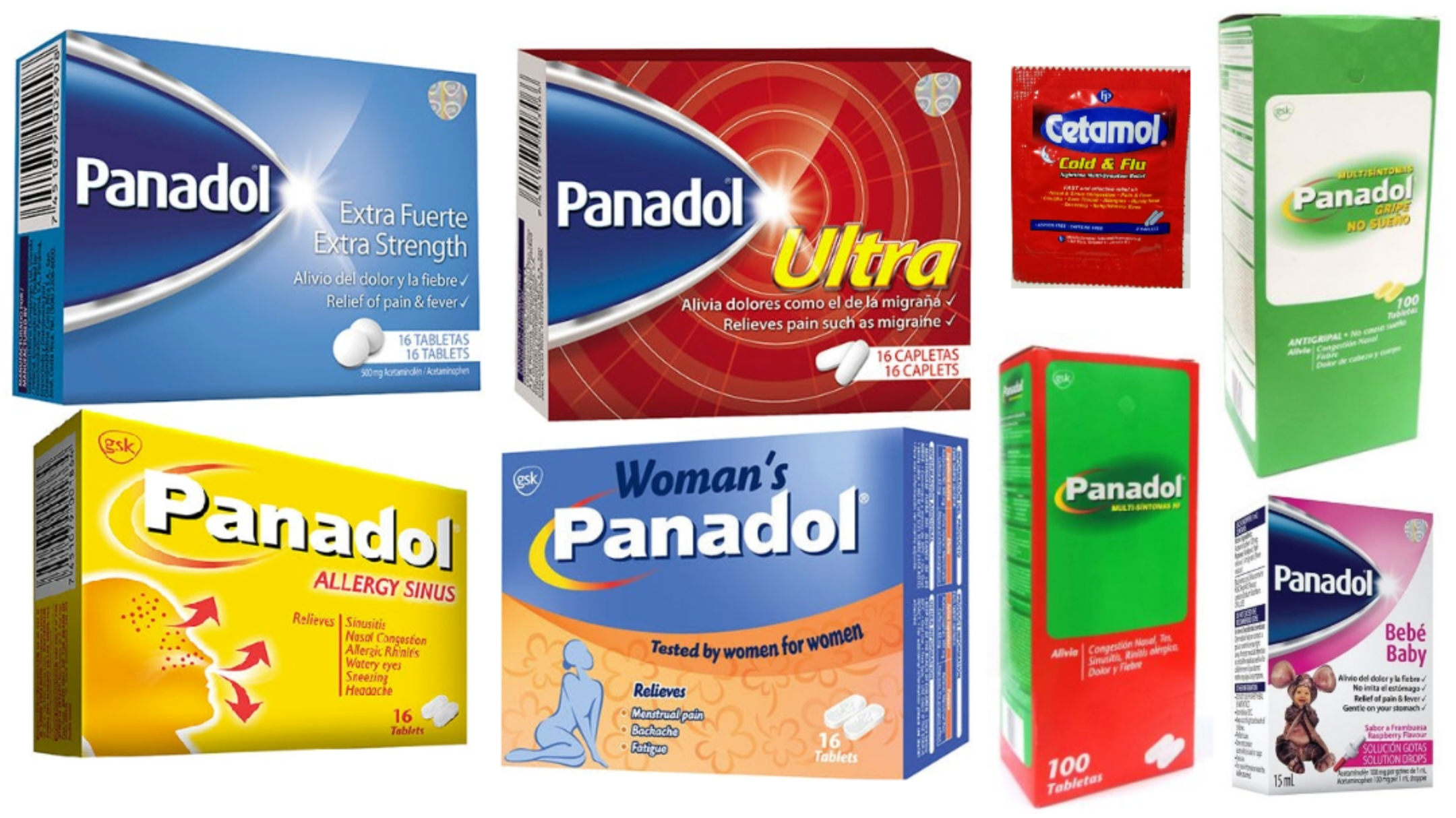
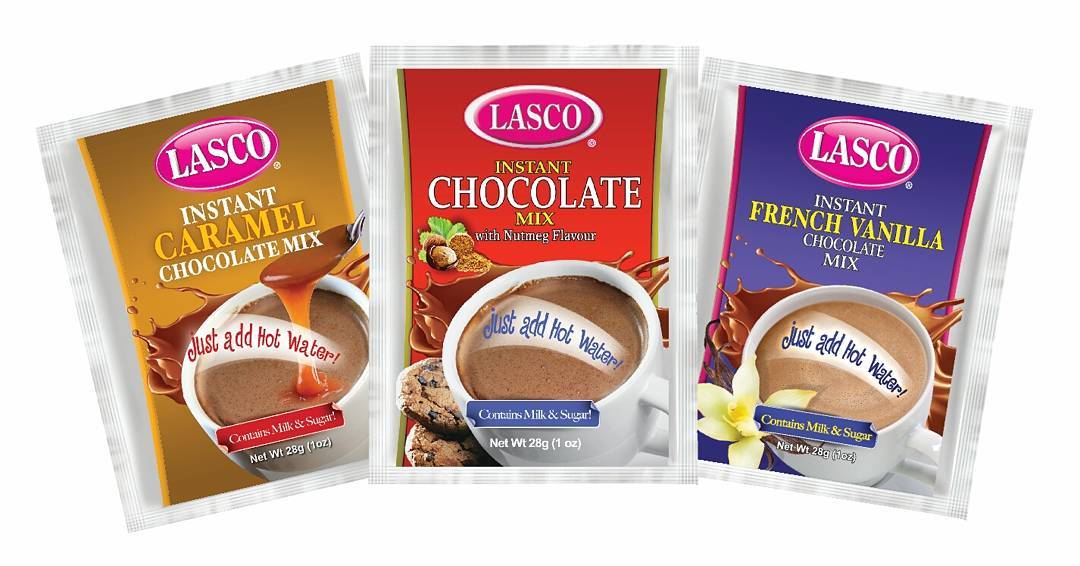


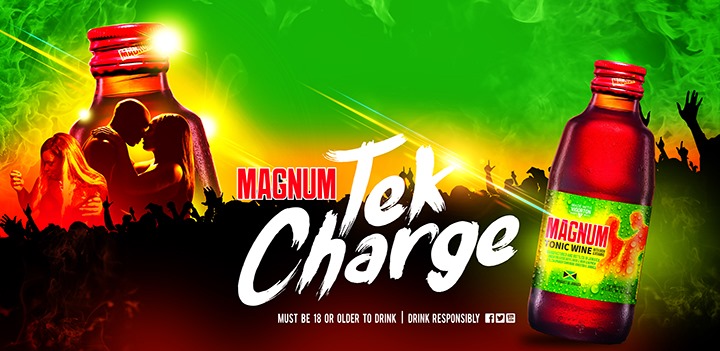
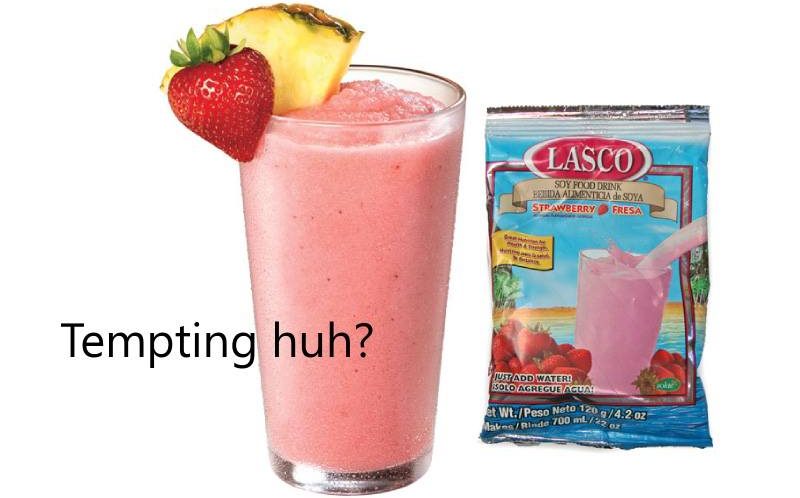

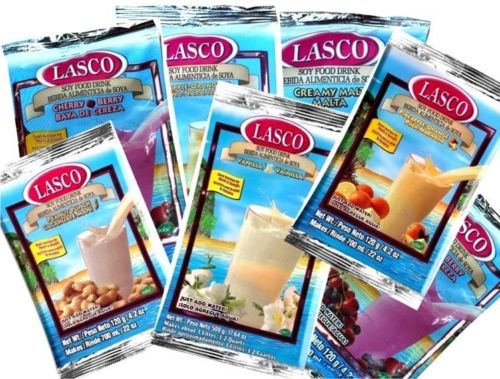

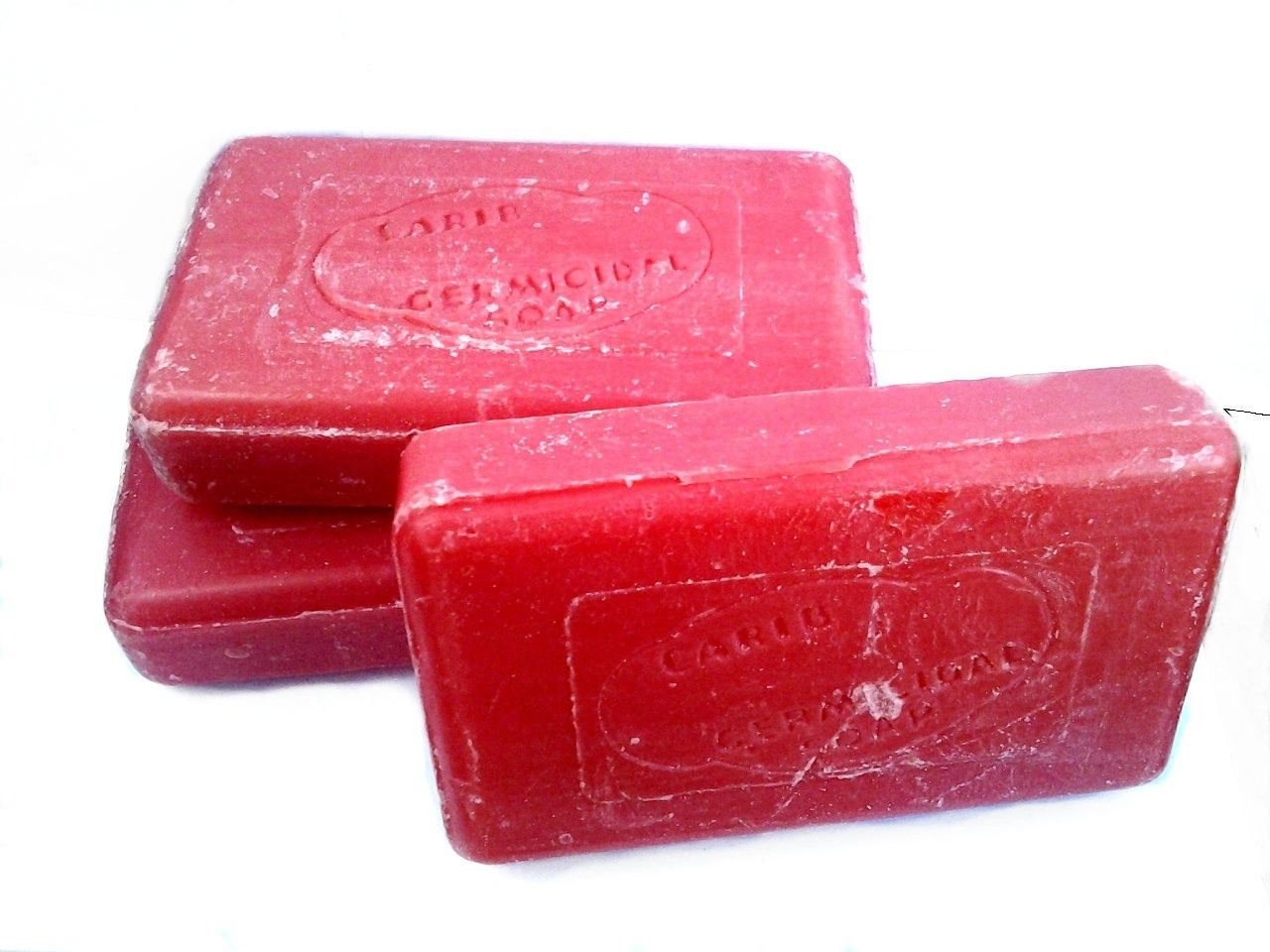




One Reply to “Type 2 Diabetes First Line Treatment Helpful”
Mesothelioma Compensation Commercial 2021 | Best Jamaica Products & More
August 28, 2021 at 1:54 am
[…] tumor affecting the lining of the chest or abdomen. Exposure to asbestos particles in the air increases the risk of developing malignant […]